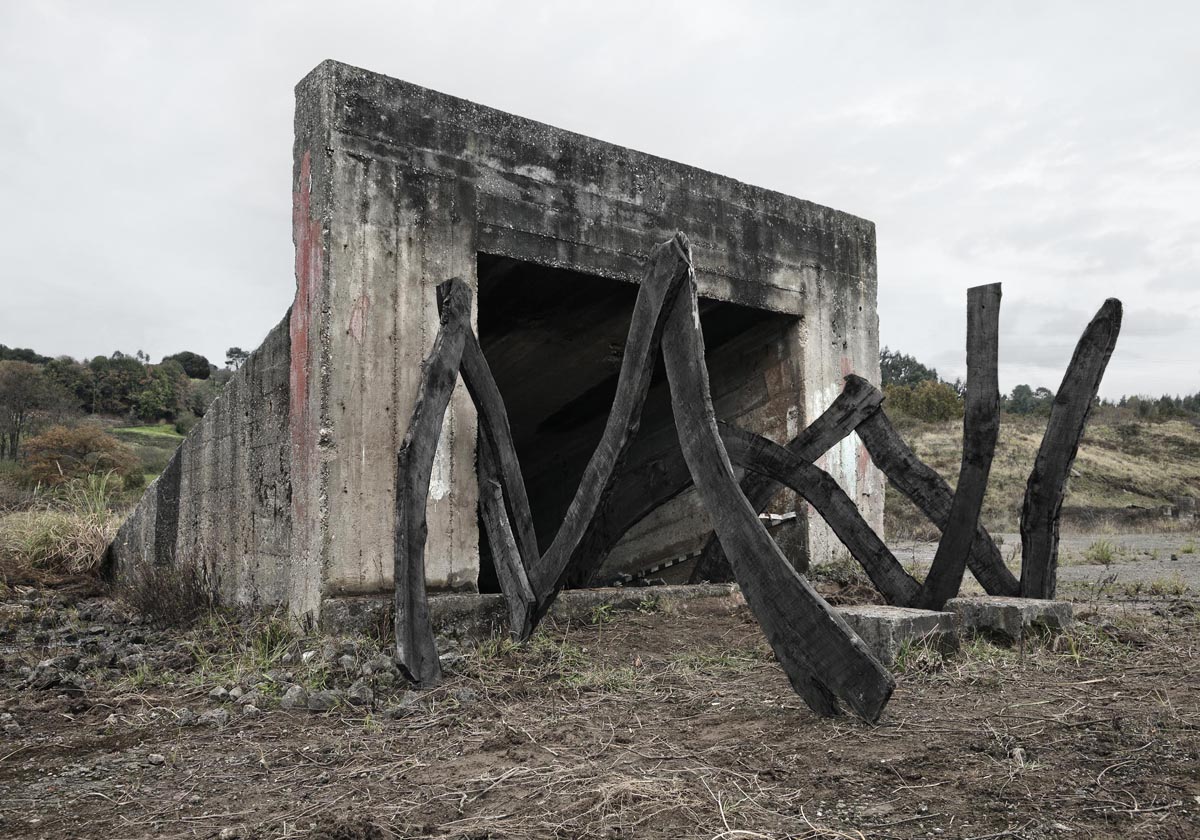Communication with the purpose of culturally promoting artists included in the Fundación María Cristina Masaveu Peterson Collection, works protected by intellectual property rights. Their total or partial reproduction or processing by any means, or their transmission or cession in any form is forbidden without the authorisation of the holder of the rights to the works
Nicolás Combarro – S/T (Serie Negra I)
TECHNICAL DATA
Author: Nicolás Combarro (A Coruña, 1979)
Title: Untitled (Serie negra I)
Year: 2010
Technique: ink printing on Hahnemuller paper
Size: 80 x 100 cm
Edition: 1/5
The María Cristina Masaveu Peterson Foundation acquired this work by Nicolás Combarro at the International Contemporary Art Fair (ARCO) in Madrid so that it could feature in its collection of contemporary photography. The piece is the result of this Galician artist’s interest in the relationships between architecture and social and cultural structures, and featured in exhibitions such as “Rastros e indicios” (“Traces and Signs”) (with Barbará Fluxá, Víctor Esther García and Ángel de la Rubia), held in Gijón and Piedras Blancas (Castrillón) through the Laboral Centro de Arte y Creación Industrial exhibition centre.
Combarro created the photographic project “Black Series” (Black Series”) for the above-mentioned collective exhibition where – after an initial stage of contemplation, research and of documenting the region’s industrial landscape – he established an active dialogue with the environment using materials rooted in an industrial past. In his recent publication “Arquitectura y Resistencia” (“Architecture and Resistance”) published by Cabeza de Chorlito, Combarro considers all ways of constructing and altering the landscape, as essential heritage of our identity, mixing the logical structural with cultural heritage and revealing several codes of his work, which feeds off the image of constructions, like the one in question. As such, he tends to analyse political and social records involving the fight or survival of different types of architecture, as well as the experience of the local inhabitants of an area, which are key aspects for understanding a type of architecture that has adapted to the environment or been the result of budgetary excesses.

